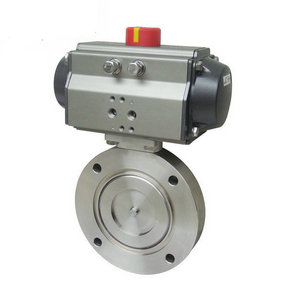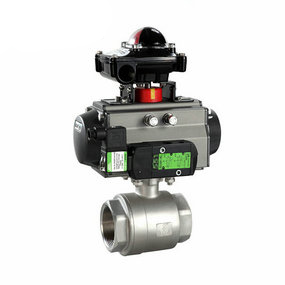How many solenoid valves are needed to control the opening and closing of the pneumatic PTFE butterfly valve? The allowable leakage value used in this paper only represents the grade of various universal valves, and should not be used as a standard. The assessment standards for leakage level of control valve seat are generally divided into ANSI I, II, III, IV, V and Class. Each of these levels has its own specific test method and allowable leakage value under its test conditions.
Level VI is the highest leakage level of the control valve, and Level VI is often misunderstood as.; Gas tight;, In fact, Class VI allows a certain amount of leakage, which is usually measured by the number of air bubbles escaping from a specified test tube per minute. Class VI is generally used for elastic seal valves. But it can also be used for valves with other sealing forms, and has been practiced in this regard. The leakage test medium of Class VI valve seat is air or nitrogen at 5O~125 (10~52 ℃). The test pressure is the lower value of the maximum rated pressure of the valve core compared with 50psi (0.35MPa).

The fixed ball valve shall select the front sealing structure, the rear sealing structure or the front and rear double sealing structure according to the pressure, medium property and sealing requirements. The valve seat material of medium and high temperature ball valves can be polystyrene or metal.




